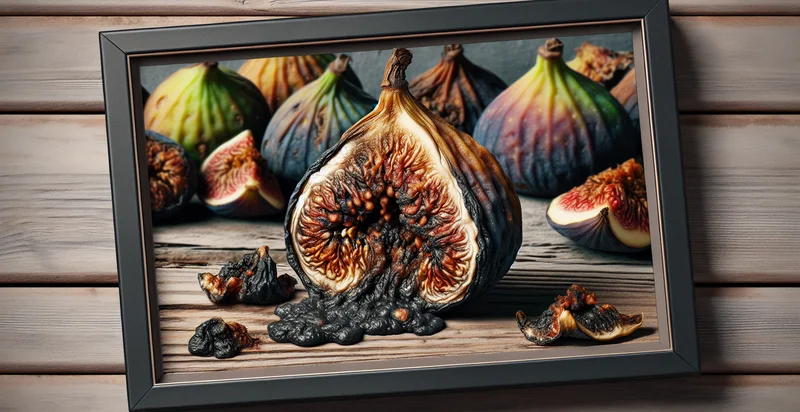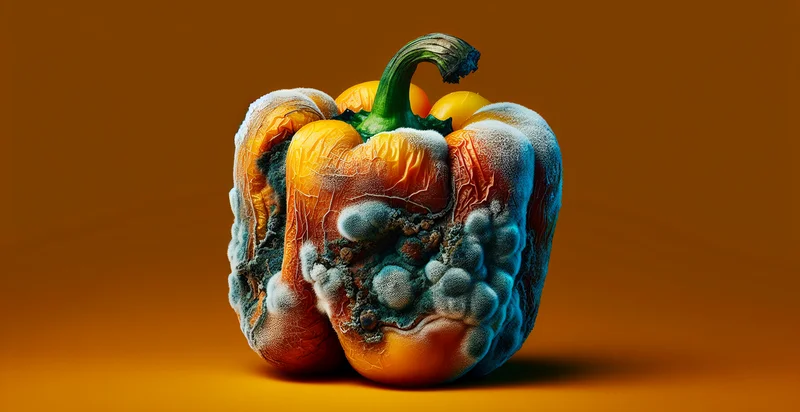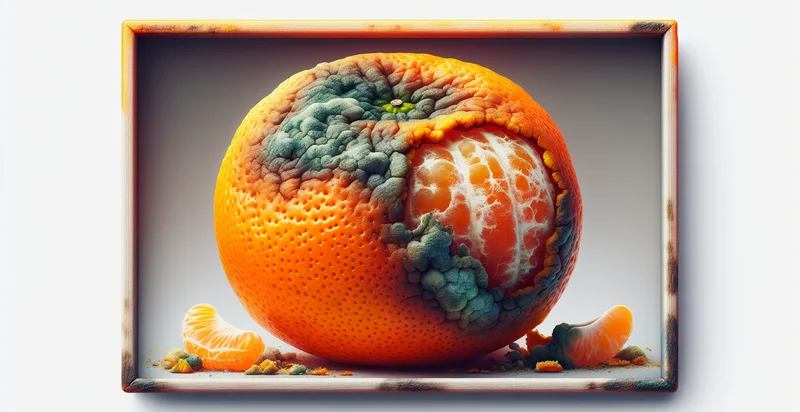Identify if fig is rotten
using AI
Below is a free classifier to identify if fig is rotten. Just upload your image, and our AI will predict if the fig is rotten - in just seconds.

Contact us for API access
Or, use Nyckel to build highly-accurate custom classifiers in just minutes. No PhD required.
Get started
import nyckel
credentials = nyckel.Credentials("YOUR_CLIENT_ID", "YOUR_CLIENT_SECRET")
nyckel.invoke("if-fig-is-rotten", "your_image_url", credentials)
fetch('https://www.nyckel.com/v1/functions/if-fig-is-rotten/invoke', {
method: 'POST',
headers: {
'Authorization': 'Bearer ' + 'YOUR_BEARER_TOKEN',
'Content-Type': 'application/json',
},
body: JSON.stringify(
{"data": "your_image_url"}
)
})
.then(response => response.json())
.then(data => console.log(data));
curl -X POST \
-H "Content-Type: application/json" \
-H "Authorization: Bearer YOUR_BEARER_TOKEN" \
-d '{"data": "your_image_url"}' \
https://www.nyckel.com/v1/functions/if-fig-is-rotten/invoke
How this classifier works
To start, upload your image. Our AI tool will then predict if the fig is rotten.
This pretrained image model uses a Nyckel-created dataset and has 2 labels, including Fresh Fig and Rotten Fig.
We'll also show a confidence score (the higher the number, the more confident the AI model is around if the fig is rotten).
Whether you're just curious or building if fig is rotten detection into your application, we hope our classifier proves helpful.
Related Classifiers
Need to identify if fig is rotten at scale?
Get API or Zapier access to this classifier for free. It's perfect for:
- Quality Control in Agriculture: This use case focuses on identifying rotten figs during the harvesting process. By implementing an 'if fig is rotten' identifier, farmers can quickly sort out damaged fruits, ensuring only high-quality products reach the market and reducing food waste.
- Supply Chain Optimization: Distributors can utilize the rotten fig identification function to assess product quality during transportation. By monitoring the condition of figs in real-time, they can make informed decisions about logistics and storage conditions, preventing losses and maximizing efficiency.
- Retail Product Management: Grocery stores can employ an automated system using the identifier to check the quality of figs in inventory. This allows retailers to promptly remove rotten fruits from shelves, maintaining customer satisfaction and reducing potential health risks from spoiled produce.
- Consumer App Integration: A mobile application can be developed for consumers that leverages the identifier for home use. Users can scan figs to determine freshness before purchasing, enhancing their shopping experience and promoting informed choices about fruit quality.
- Food Safety Compliance: Food processing facilities can implement the rotten fig identifier to ensure compliance with safety regulations. By routinely checking for spoiled products, they mitigate the risk of contamination and uphold industry standards for food safety.
- Research and Development in Food Technology: Researchers can utilize the classifier in experiments focused on extending the shelf life of figs and similar fruits. By identifying spoilage patterns, they can develop better preservation methods, contributing to advancements in food technology and sustainability.
- Educational Tool for Agricultural Training: Agricultural training programs can integrate the identification function as a teaching tool. By demonstrating how to recognize and manage spoiled figs, students can gain practical skills that improve their future agricultural practices, fostering better quality output in the industry.


